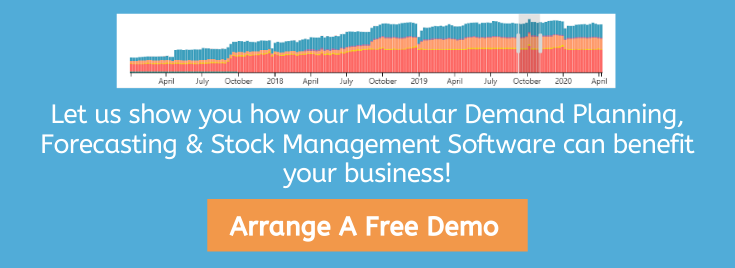The global Coronavirus pandemic that emerged in January 2020 has cratered demand worldwide for essential and luxury goods, services, and trade-able items.
As a dreaded ‘Black Swan’ event, COVID-19 has meant that many industries have had to scrap and revise years of demand projections. The Bank of England now predicts a contraction of c.-13% by Q4 2020, the worst yearly recession on record since 1706 and the worst ever recorded in real terms (FT, 7th May 2020).
What Is A ‘V’ Surge?
Thankfully, there is a silver lining to the cloud of chaos. The damage caused by COVID-19 is mostly the result of a temporary fall in consumer confidence, weird and uneven fluctuations in supply and demand (mostly due to temporary mega-surges to in-home grocery, sanitary, and alcohol purchases), and disruptions to productivity, building, and investment.
The UK economy is expected to reach a nadir of low productivity and sales around June 2020 then bounce back sharply as the lockdown is removed. This will look like a flying ‘V’ shape when mapped on a graph. Further improvements are expected when a working COVID-19 vaccine is released (ETA Q4 2020 – Q3 2021).
This recovery will be partly fuelled by a backlog of purchases and requests as industries and consumers make up for the lost time and obtain items and services unavailable during Q2-Q3 2020.
How Can I Plan For The Post-Corona ‘Rebound’?
If you manage forecasting in retail, supply chain, or manufacturing, you’ll need to project which products will see a sudden return to normal (or higher) levels of demand and which will drop back to an average or lower (due to stockpiling).
You’ll need to plan for product lines and competition diversifying again – many businesses have responded by offering ‘streamlined’ ranges, due to limited shopping hours and staff shortages. You’ll also need to factor in how permanent changes to consumer behavior (such as higher enthusiasm for regularly purchasing cleaning supplies) and reduced expendable income will affect your business.
The ‘V’ recovery may still technically count as a recession, as the economy is not expected to recover to December 2019 levels for at least three years. It’s expected that more people will prioritize spending on the essentials for quite some time to come.
The UK government has said that they plan to lift the lockdown in five distinct stages, linked to perceived risk. While these stages have yet to be detailed in full, you should keep a close eye on the news to plan a timescale from when your sector can restart (partially or in full). Businesses and offices should be able to start up again sooner than leisure and hospitality services.
Forecasting Support From Reflex Planning
Forecasting this surge in demand will be challenging and getting it right will be central to the recovery of your business. Reflex Planning can help you get it right.
We design and deliver supply chain solutions that use digital forecasting to cut waste, increase profits, and strengthen supply and manufacturing resilience to sudden changes. The very same software can help you plan your way out of this pandemic. Please click here to arrange a free demo.

